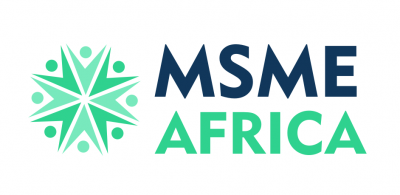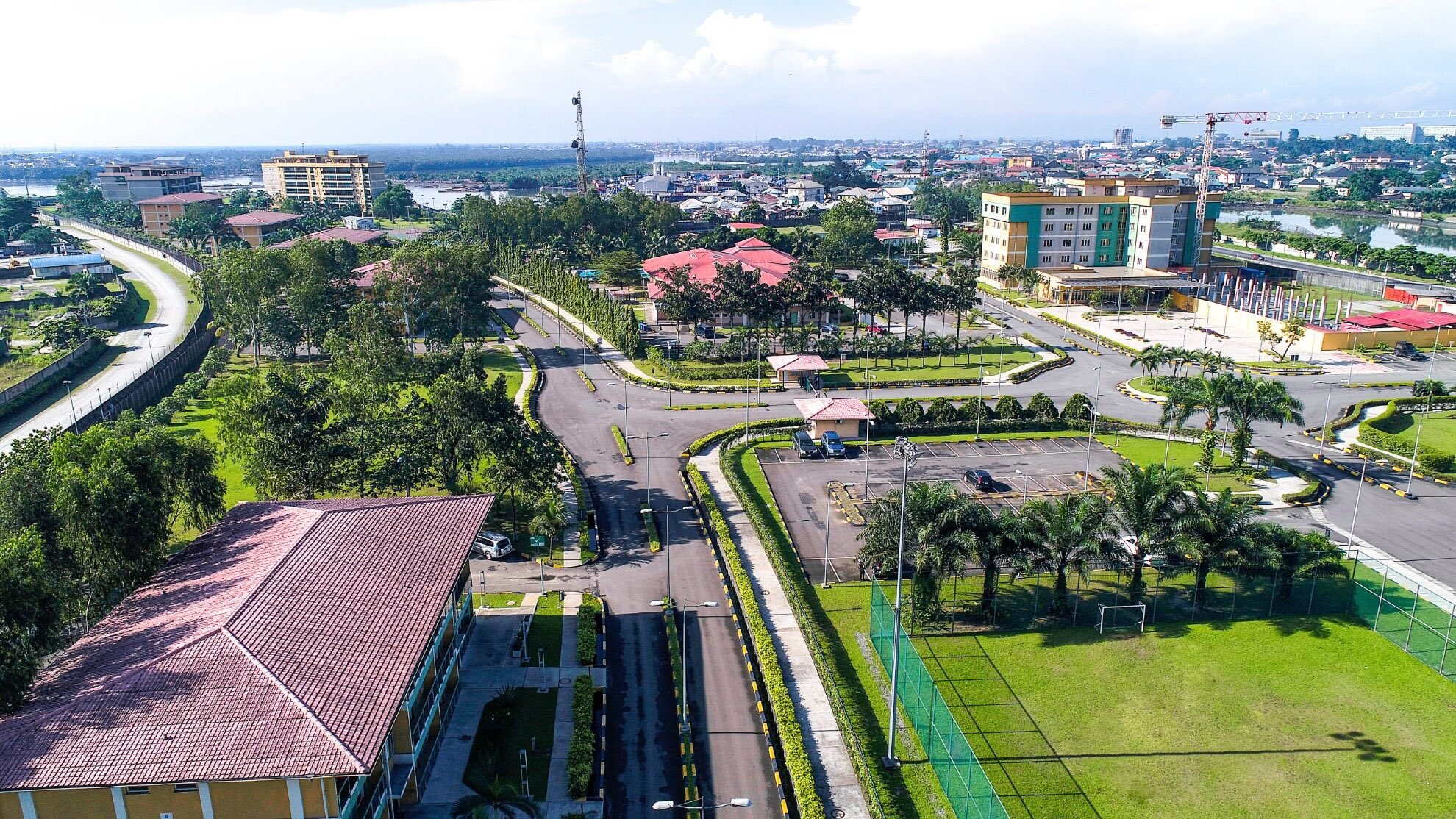The Nigerian naira gained ground against the U.S. dollar on October 4, 2024, closing at N1,631.21 in the Investor and Exporter (I&E) window. This 1.69% appreciation comes as global crude oil prices inch towards $80 per barrel, offering hope for the currency’s future performance.
The naira’s improvement followed a significant drop in trading volume, with the I&E window recording a turnover of $238.36 million, a sharp 47% decline from the previous day’s $450.39 million. This suggests lower market participation despite the currency’s gains.
Throughout the trading session, the naira reached a high of N1,679.00 and a low of N1,580.00 before settling at N1,631.21 per dollar. Meanwhile, in the parallel market, the naira opened at N1,669.49, fluctuating between N1,673.34 and N1,618.00, eventually closing at N1,618.75.
In September, the naira struggled to stabilize, depreciating further after trading at N1,300 per dollar in March and hovering around N1,500 in August. So far in 2024, the currency has lost around 75% of its value due to rising inflation and increased demand for foreign exchange.
However, there is a silver lining—Nigeria’s external reserves climbed to $39.07 billion as of September 19, 2024, which could offer some relief for the naira in the short term.
Crude oil prices, a key driver of Nigeria’s economy, rebounded in October after September’s dip. Brent crude and Nigerian oil blends are now stabilizing around $77 per barrel, driven by tensions in the Middle East, particularly between Iran and Israel, which have raised concerns over potential supply disruptions.
If oil prices continue to rise, Nigeria, as an OPEC member, could see increased revenue, helping ease economic pressures and support the naira. Stronger foreign exchange reserves from higher oil earnings could boost market confidence, positioning the currency for further appreciation.
Additionally, favorable macroeconomic policies and a weakening U.S. dollar may also play a role in strengthening the naira in the months ahead.










